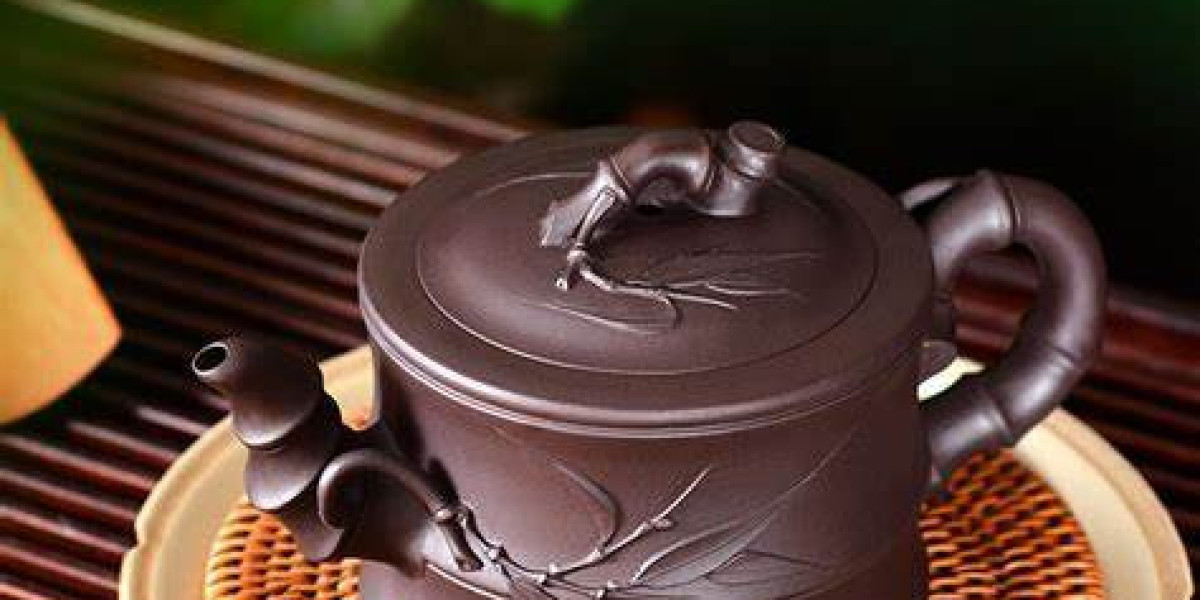If you're exploring the world of Yixing teapots or traditional Chinese teaware, you may come across two terms: handmade and molded (machine-pressed) teapots. They can look deceptively similar, but to seasoned tea lovers, they're as different as instant noodles and home-cooked ramen.
So what sets them apart? Let’s break it down.
?️ 1. Craftsmanship & Process
Handmade teapots are crafted entirely by human hands—every curve, joint, and lid fit is shaped using simple tools and deep skill.
Molded teapots are mass-produced using plaster molds and mechanical pressing. They may still require finishing touches, but the core shaping is automated.
? Verdict: Handmade wins for uniqueness and craftsmanship.
? 2. Clay Quality
Skilled artisans often select higher-grade Zisha clay for handmade teapots, while molded versions tend to use cheaper or mixed clays to reduce cost and ease molding.
? Verdict: Handmade teapots often feature purer, more breathable clay—ideal for seasoning and enhancing tea flavor.
? 3. Tea Performance
Because of better clay and thoughtful shaping, handmade teapots generally offer:
Smoother pouring
Better heat retention
Improved flavor development over time
Molded teapots may look perfect, but their function can feel lifeless—just another mass-made object.
? Verdict: If you care about the taste of your tea, handmade makes a difference.
? 4. Price & Value
Molded teapots are cheaper and suitable for beginners. But handmade pots hold their value, especially those made by recognized artists. Over time, they can even appreciate in value as collectibles.
? Verdict: Molded = affordable. Handmade = long-term investment.
Final Thought:
If you want a reliable starter pot, a molded one may suffice. But if you're serious about tea—or want a piece of functional art that grows with you—a handmade teapot is the clear choice.







